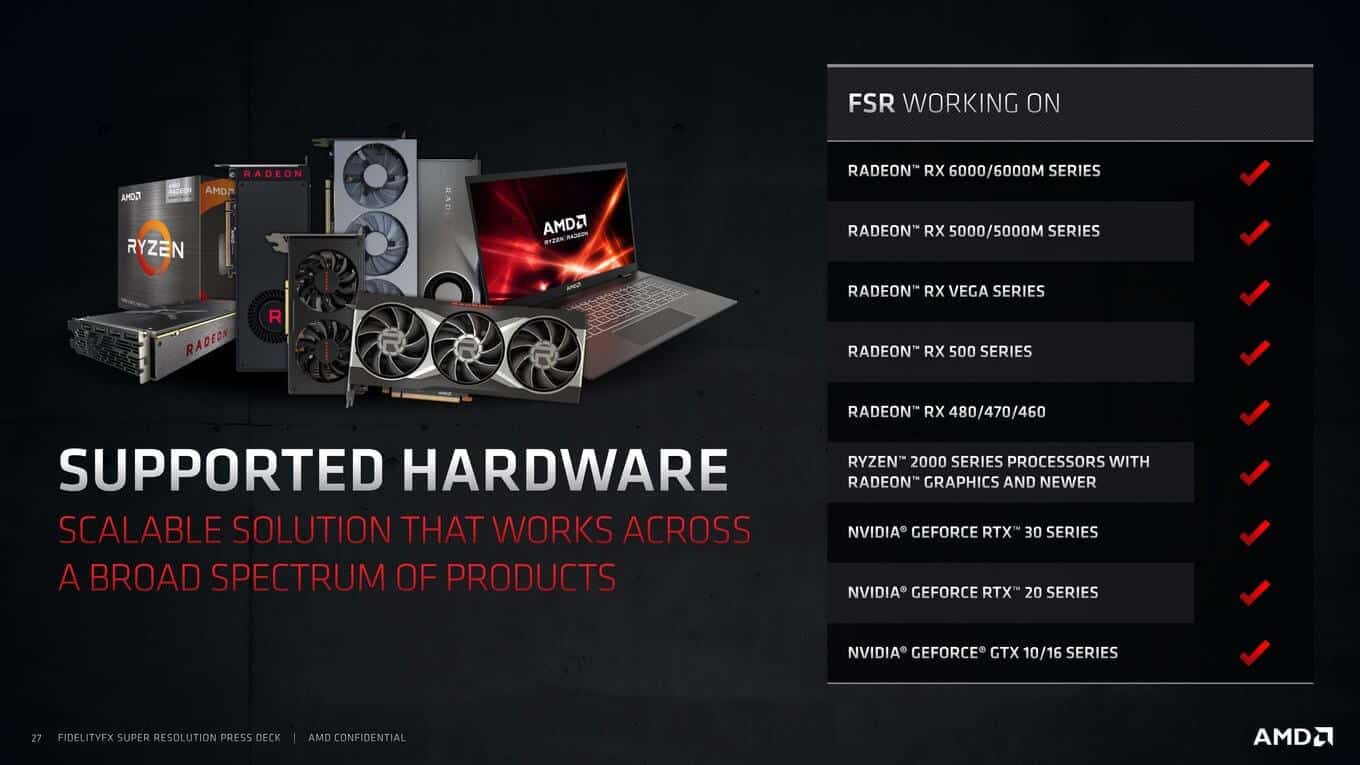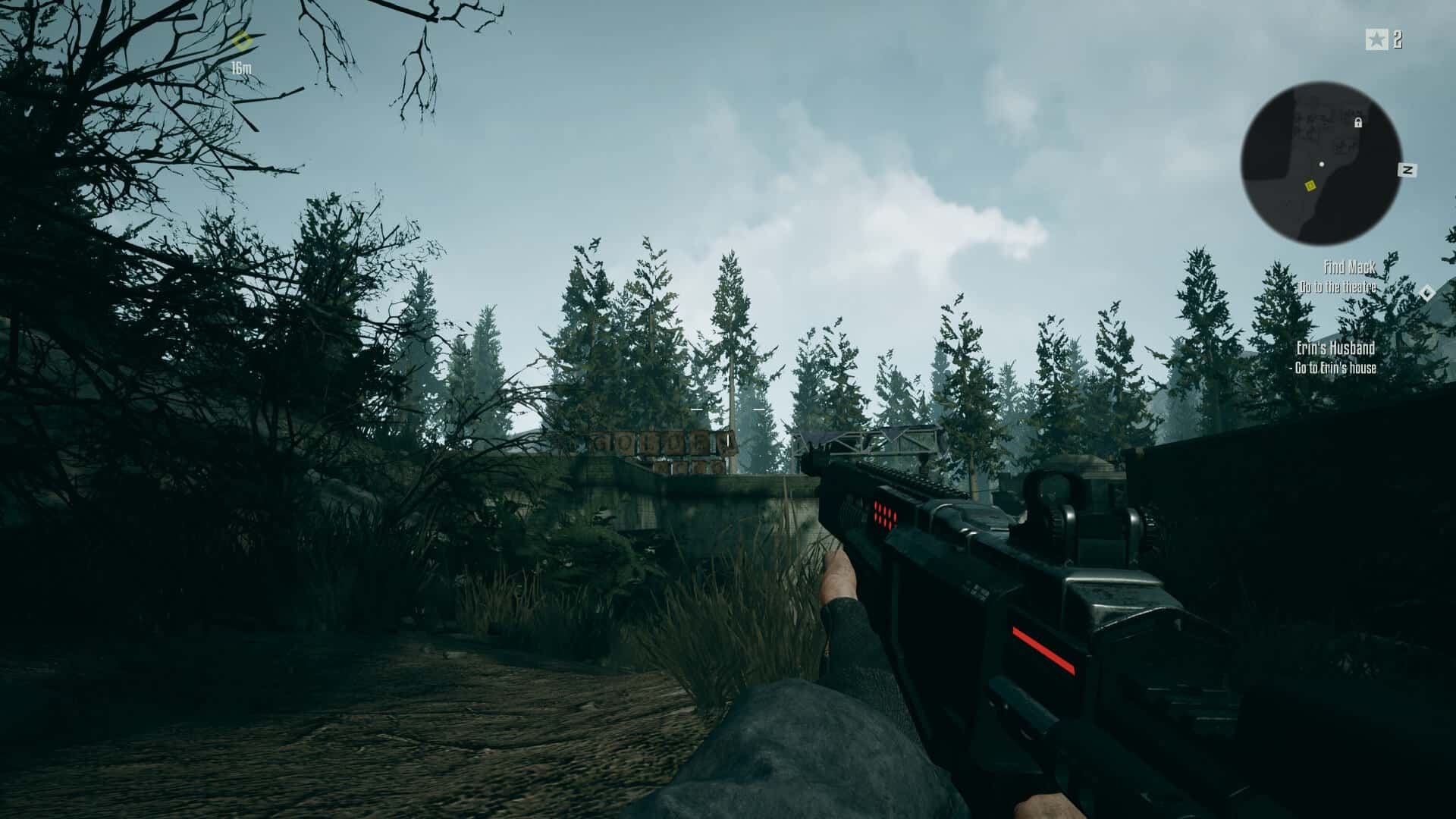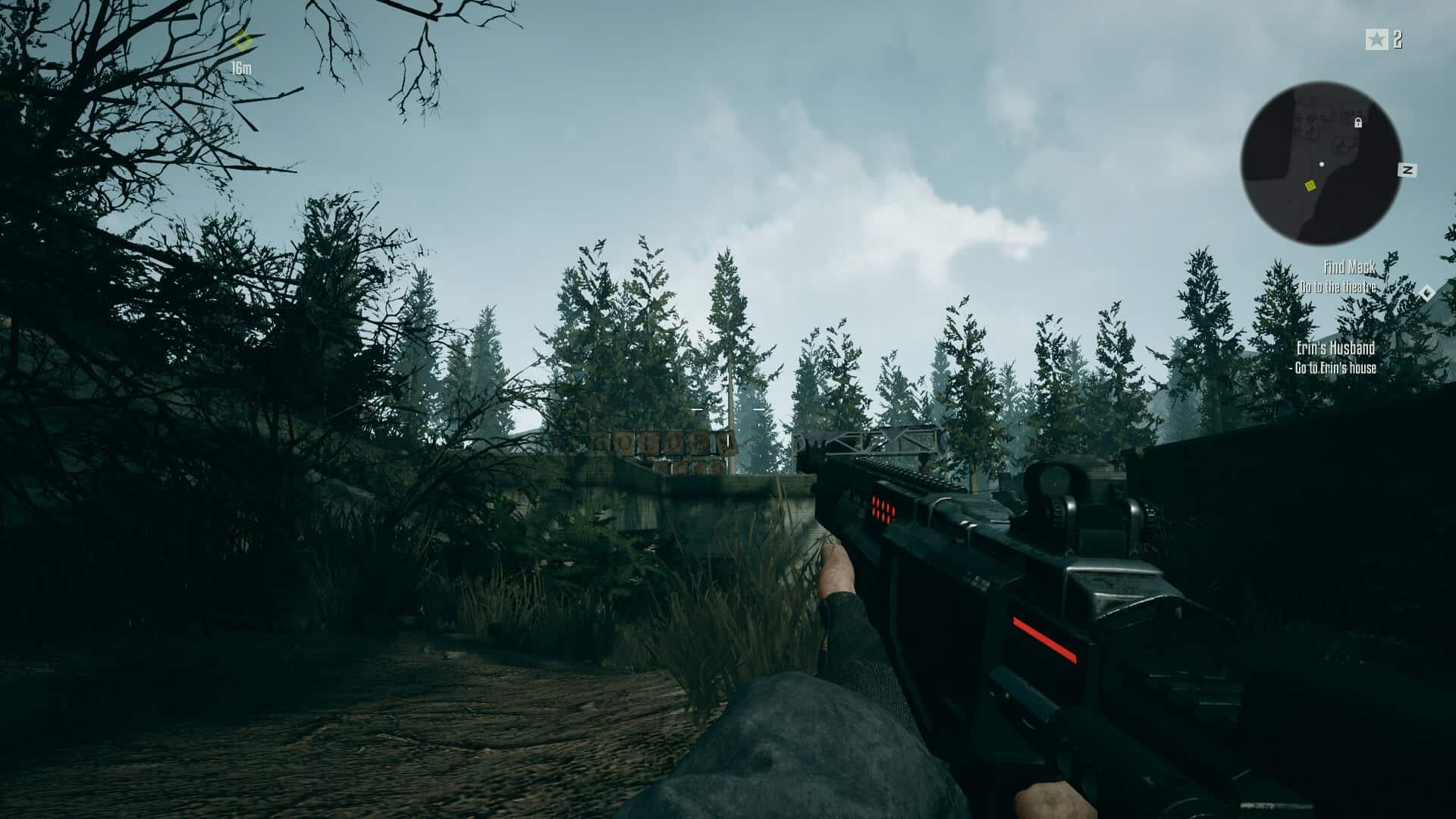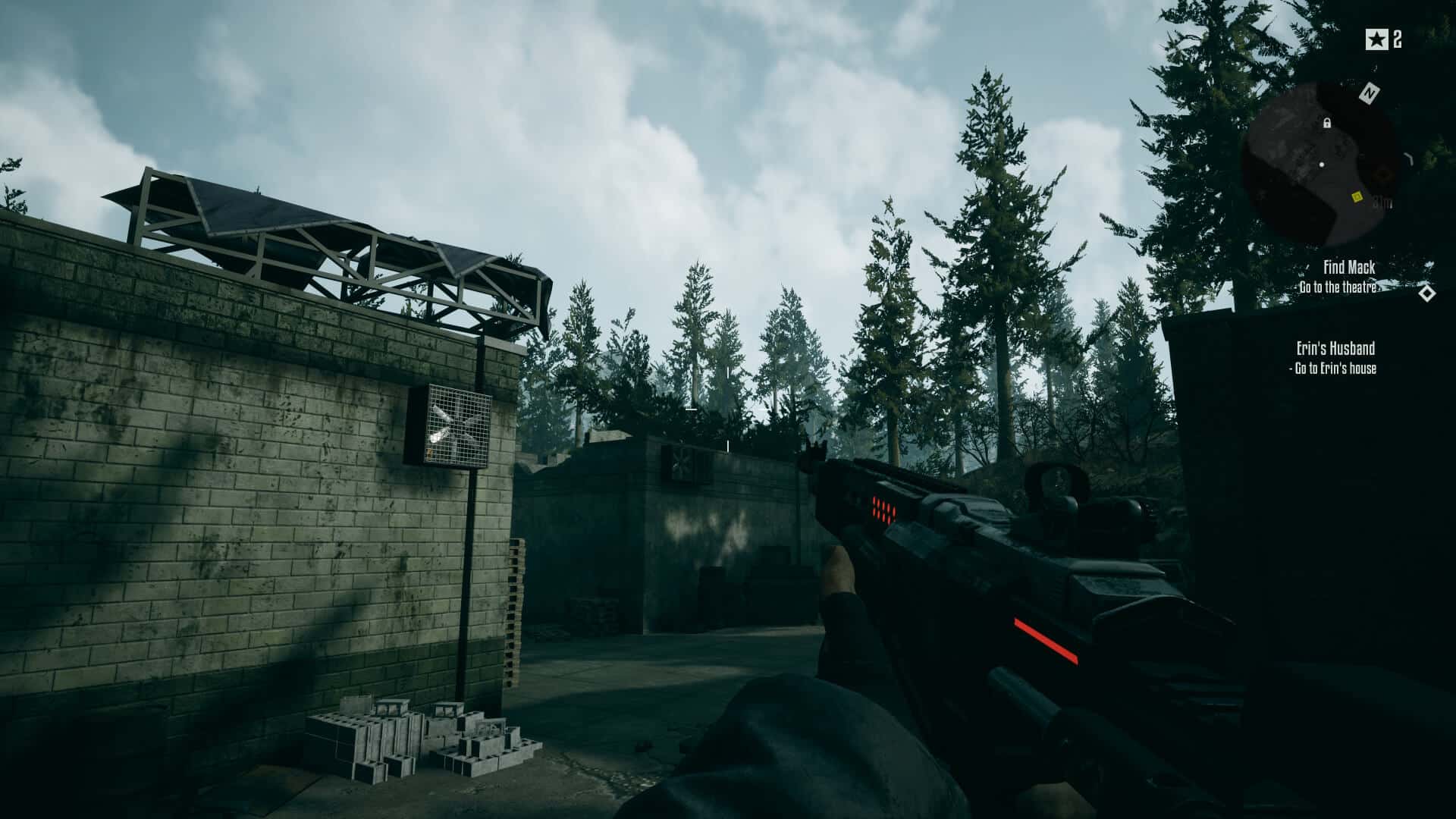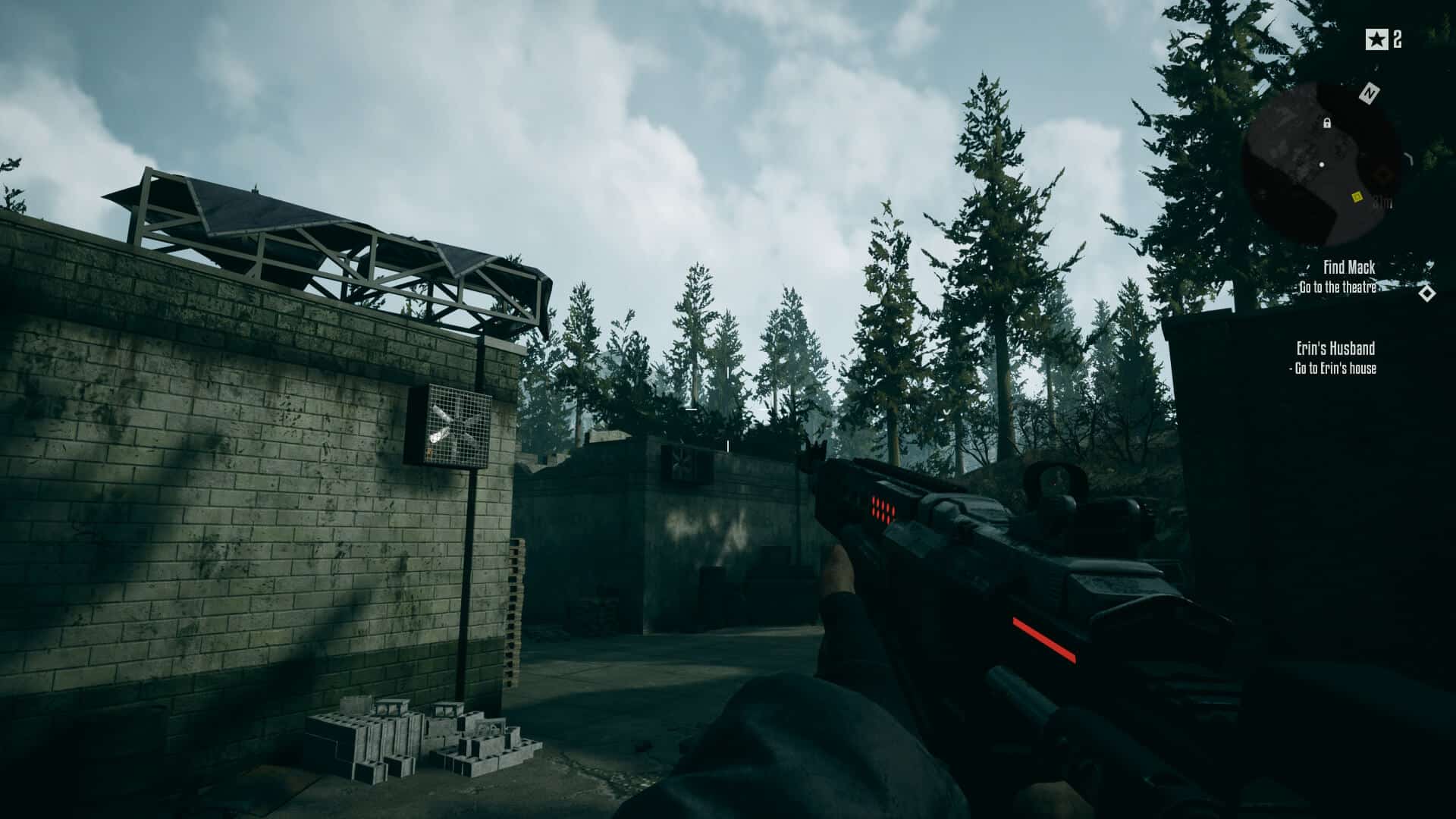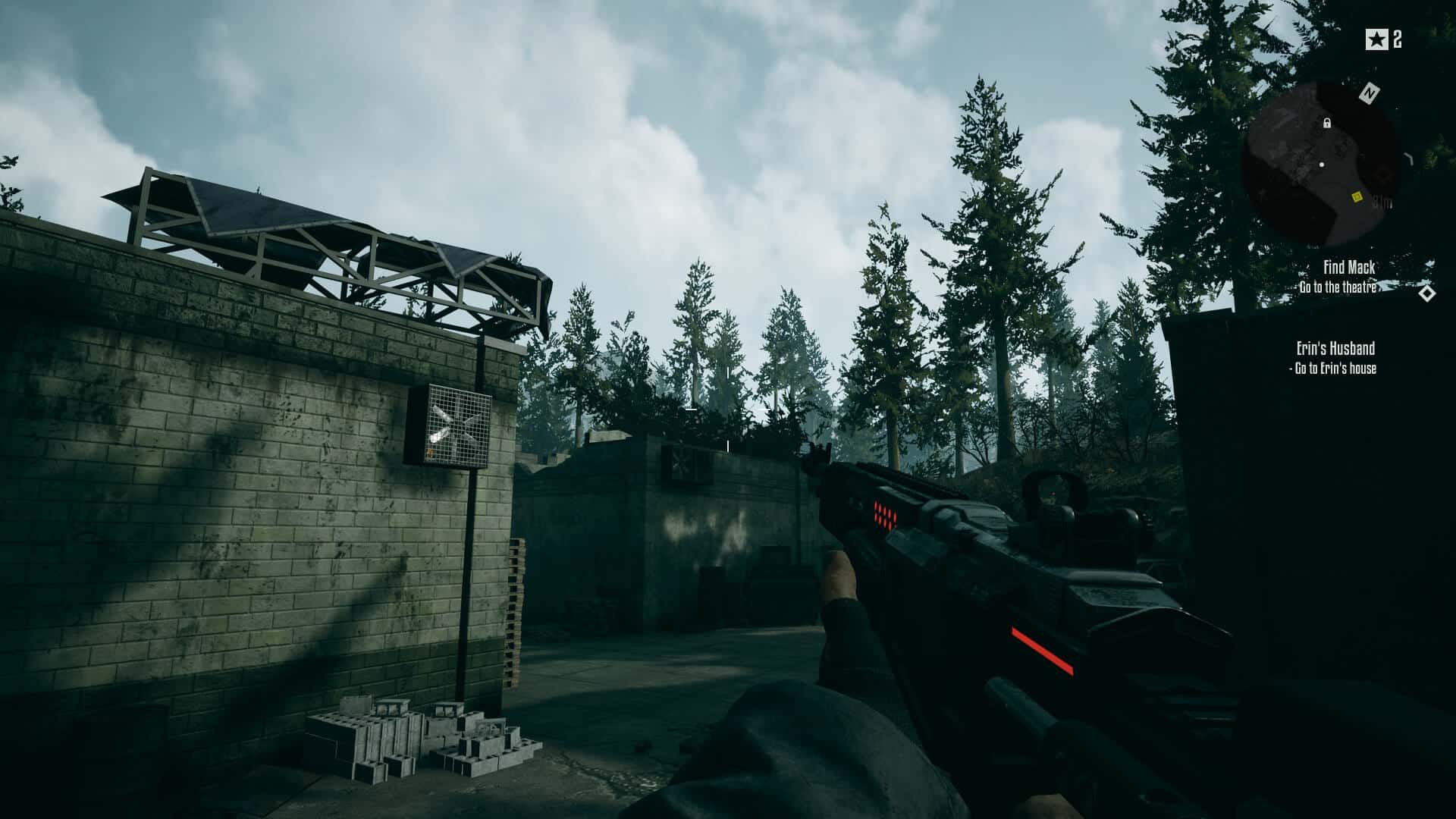In terms of retaining detail especially with thin objects or line-shaped, there’s a very subtle difference between the two, but FSR is overall a superior solution. The differences between traditional upscaling and FSR become more apparent as you reduce the input resolution as you’ll soon see. Here’s a look at FSR Ultra Quality vs 75% internal solution (bilinear) combined with LumaSharpen:
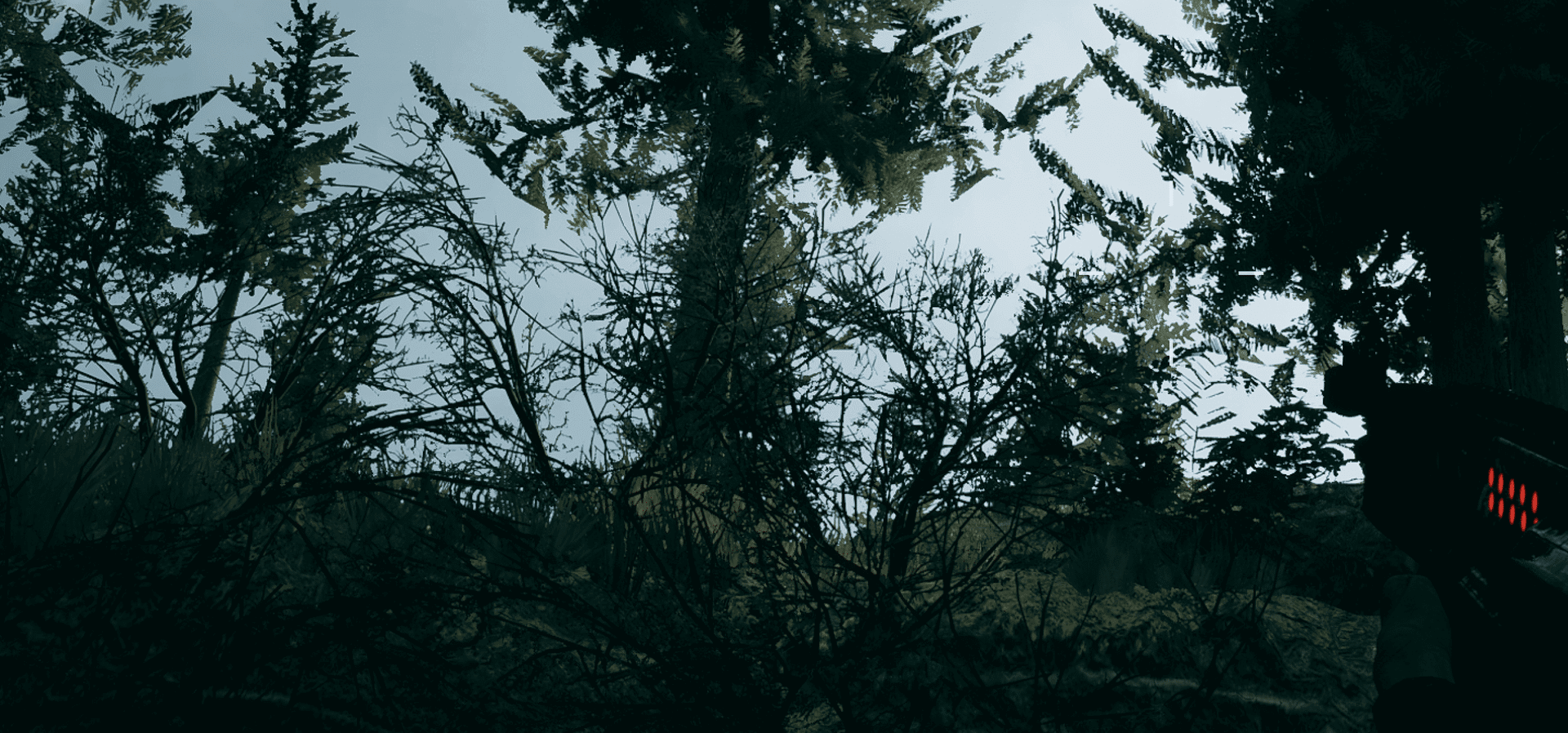
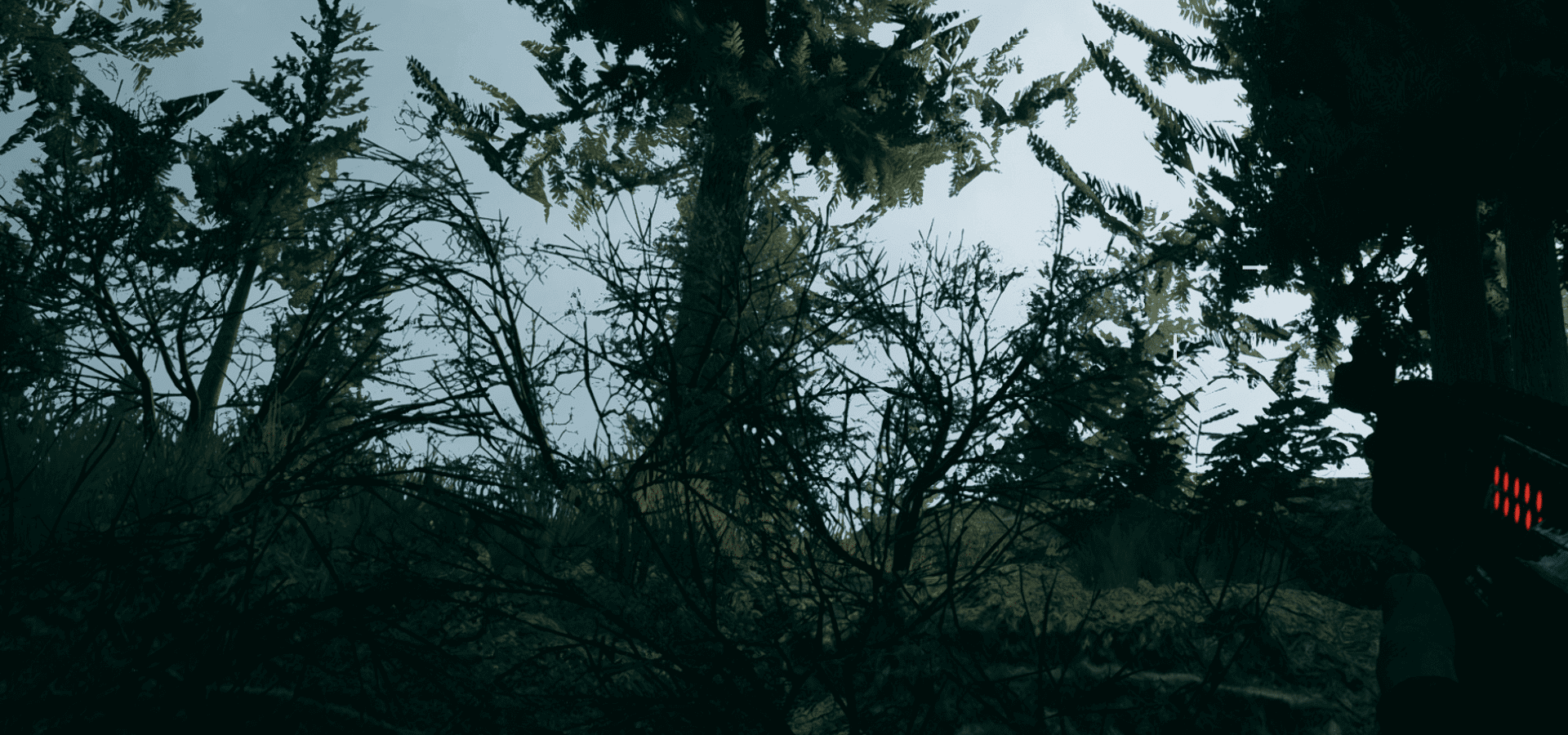
Note the ends of the branches and twigs. You’ll notice that FSR is generally better at retaining the thin ends than bilinear and bicubic, even if they’re paired with a sharpening pass. Now, let’s move onto the quality preset which is compared to its 4K native counterpart with an internal resolution scale of 65%:
In this particular scene, the difference between the two is clear as day. FSR Quality produces a much smoother image with greater detail and little to no aliasing. Please note that the side-by-side comparisons with sliders feature native 4K images (magnified) with no compression.


Interestingly, the quality preset of FSR generally retains more detail than its counterpart despite having a less aggressive sharpening filter. This can be seen in the below examples:
As is evident in the magnified section, the wall textures retain more detail with FSR and the overall image is also better anti-aliased. The exhaust grills are a good example of how the gradient reversal is detected by the FSR spatial upscaler:
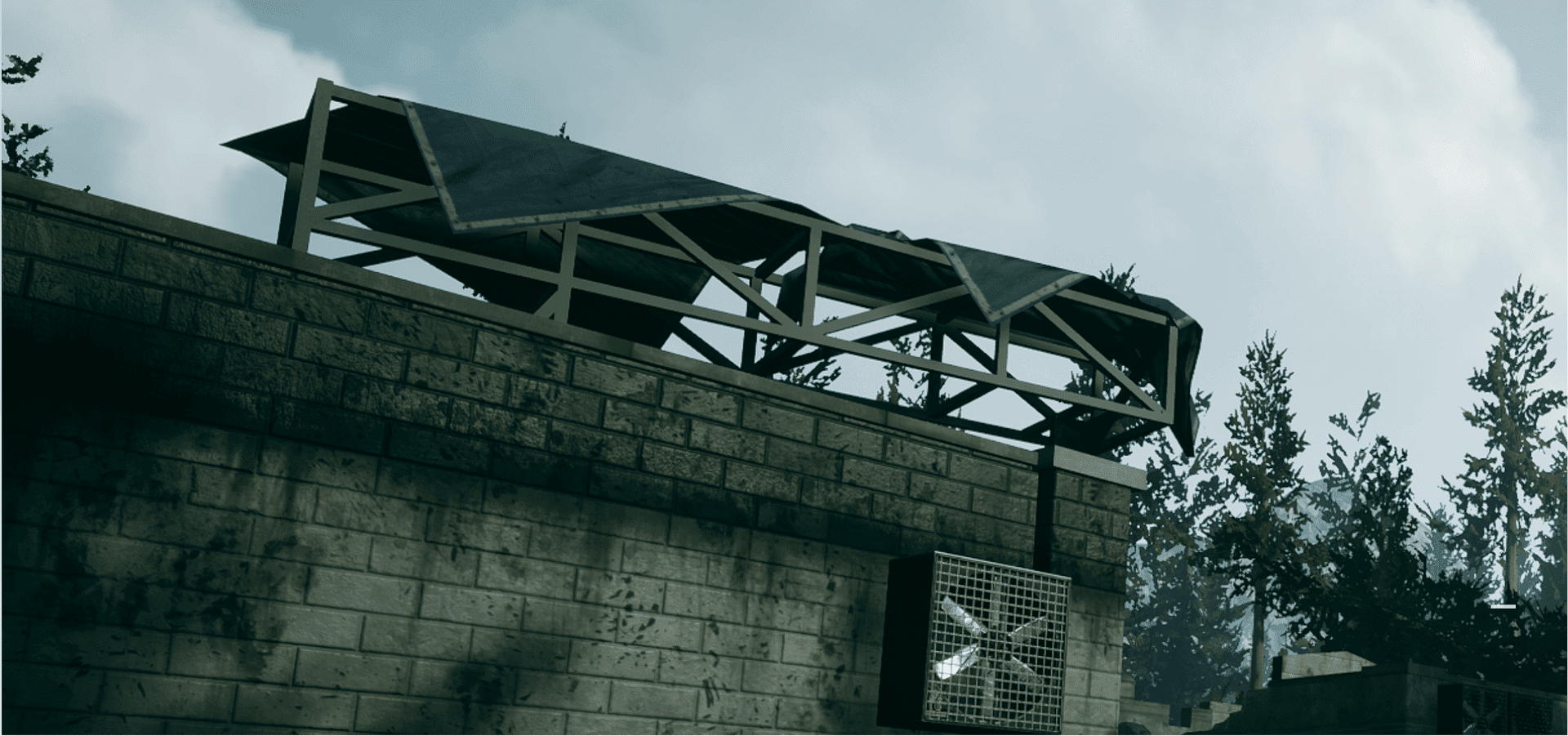
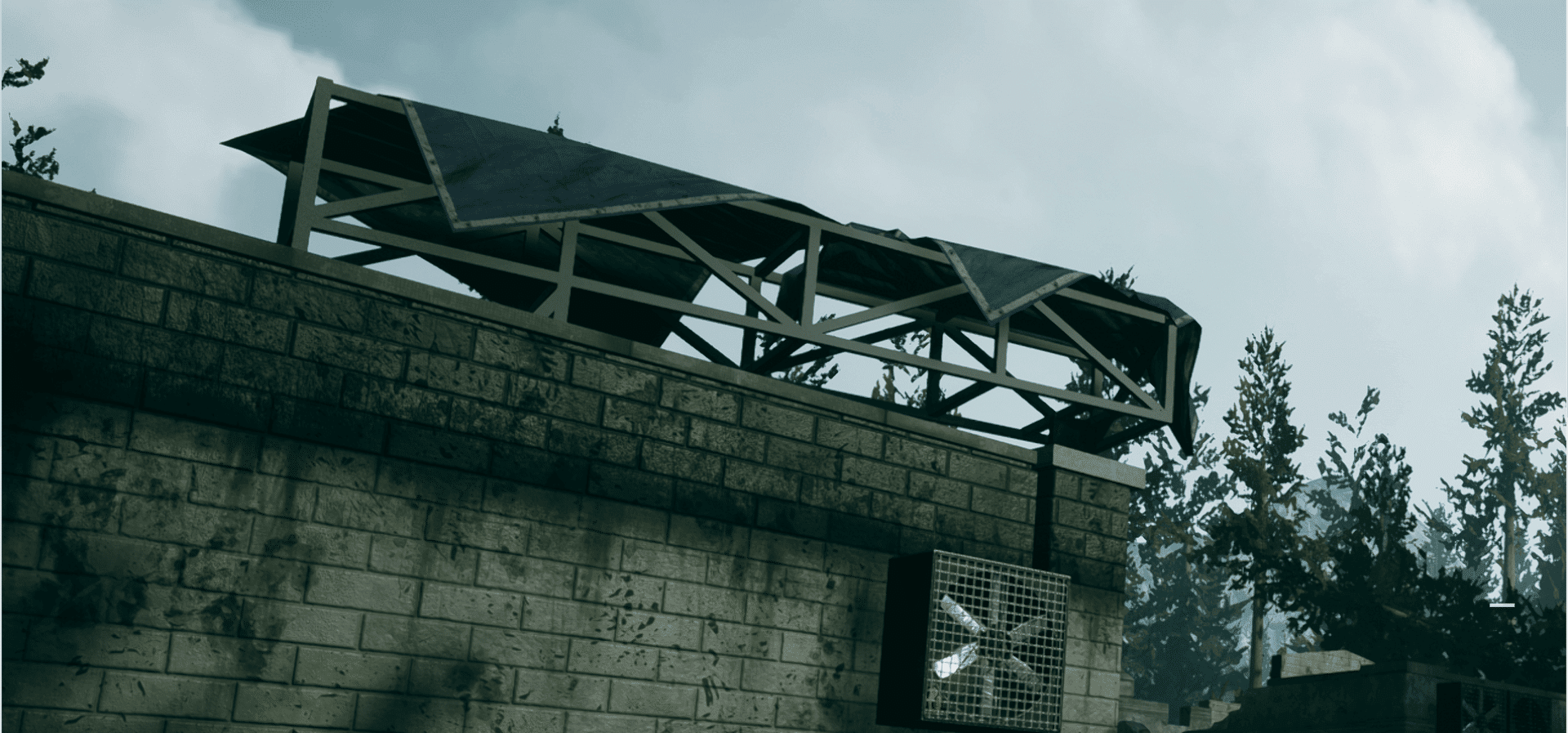
The wires below are another example of how the edges are detected, smoothed, and preserved by FSR’s EASU algorithm. As you might have noticed this algorithm doesn’t play well with vegetation and transparent textures such as the fir tree leaves. This is one of the primary drawbacks of FSR when compared to temporal upsampling techniques.


Continued on the next page…
